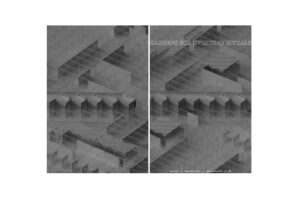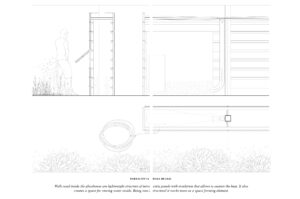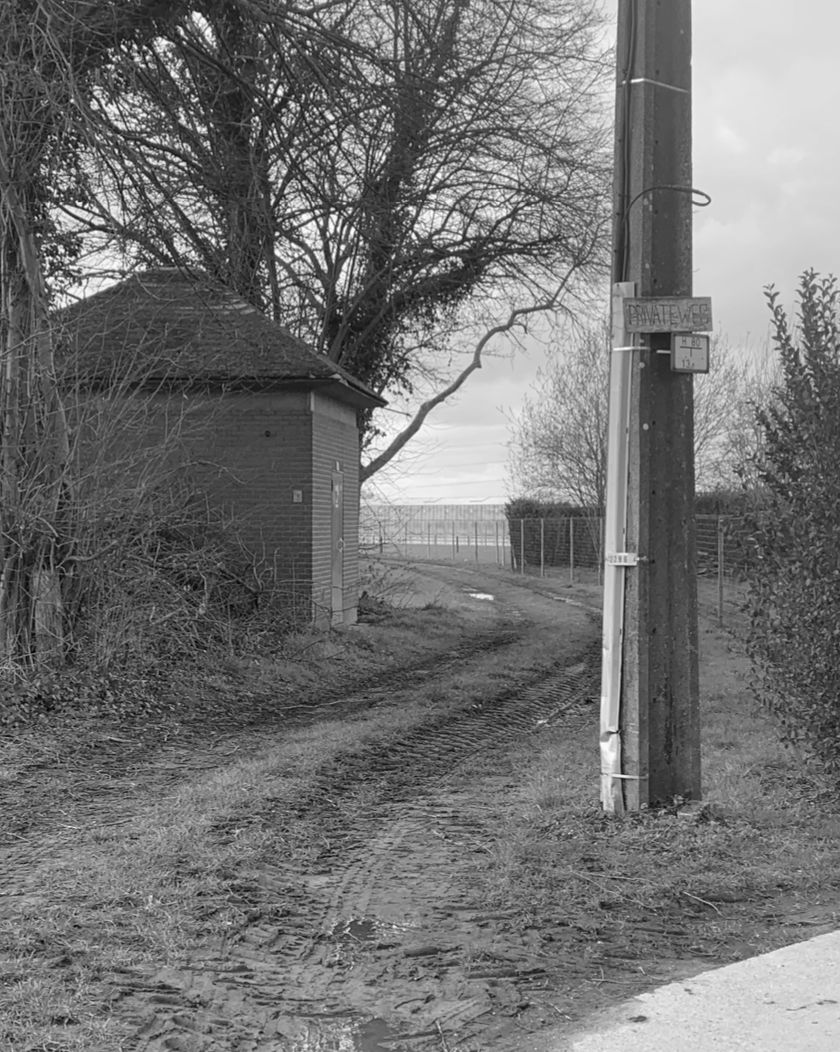

“From the first glimpse they noticed the grid. […] This grid is unavoidable, it is everywhere. It can be seen as infinite without any focus point where eyes get lost. No enclosures, no divisions – everything is exposed, transparent, allowing to glimpse inside and then walk away.
[…] People are curious to see. Walls are pleasant for visitors because they cast shadows. But not only. Botanists know that there is more to it. Walls are for gardens. […] Production becomes leisure. Glasshouse is not only for distant production anymore – it is an ornamental space for leisure too.”
Monika is interested in creating a relationship with bees to encourage biodiversity, but also looks to the deep spiritual connection that humans have had with bees and considering how their care could even be leisurely.
She imagines a farm where leisure and work is combined, challenging the idea that these must be two separate moments in our life: conceiving a series of gardens for both vegetables and ornamental plants, not within a large continuous glasshouse, but divided into rooms with different qualities, geometries and dimensions.
The housing for the 13 residents of the farm takes the form of a diagonal volume that cuts across the grid, segmented into individual rooms for sleep insulated from the heat, with a collective rooftop. The residents organise their tasks in a non-hierarchic way, deciding working times and working hours collectively. The leisure gardens – meeting places where daily banality is accepted – become a series of different moments that can be crossed along various paths. But they are also a key unit for horticulture production. The terracotta walls that enclose the gardens provide shade and store the heat, mitigating the harsh climate in the glasshouse, and are used to store water collected from the roofs, irrigating the gardens.
The farm is an example of community supported agriculture, open to outsiders who could come to pick their own produce and enjoy the gardens. Monika imagines that her site could link up to other nearby farms in a territorial structure of paths, marked by collective beehives.
This project combines the intimate solitary dimension – identified in the ritualistic moments of encounter between the individual and the bees –, collective endeavour among the residents, and hospitality towards outsiders.

